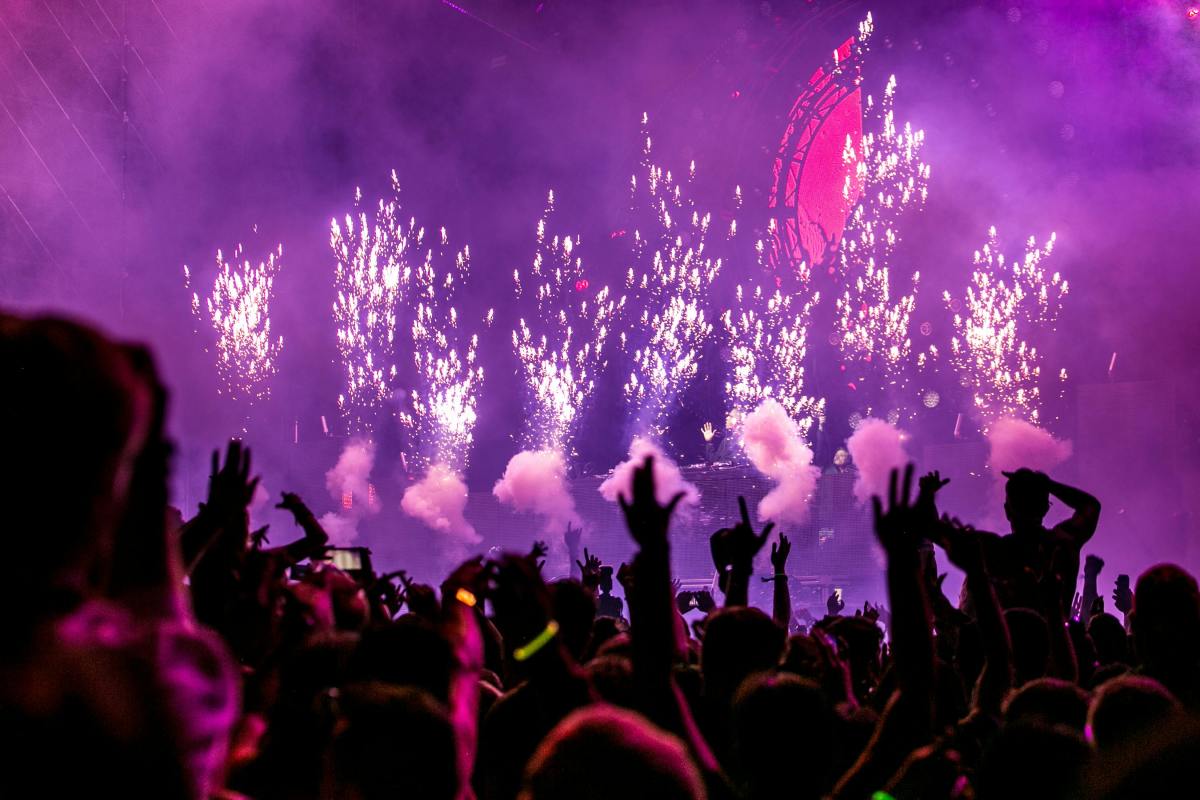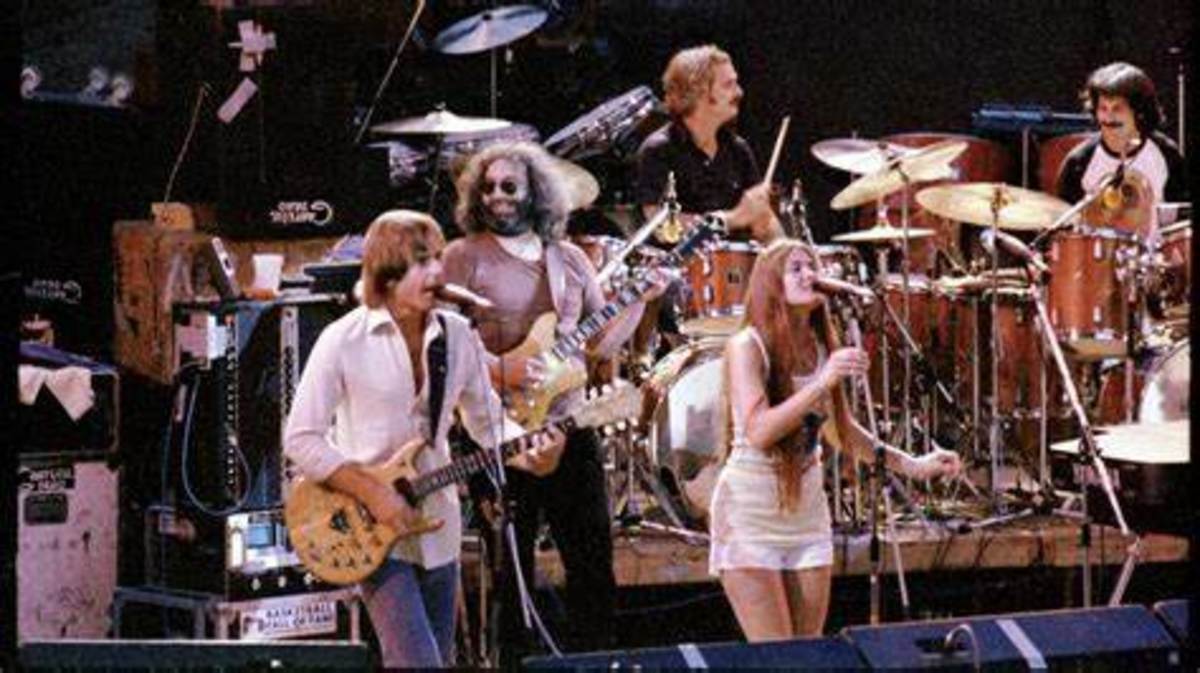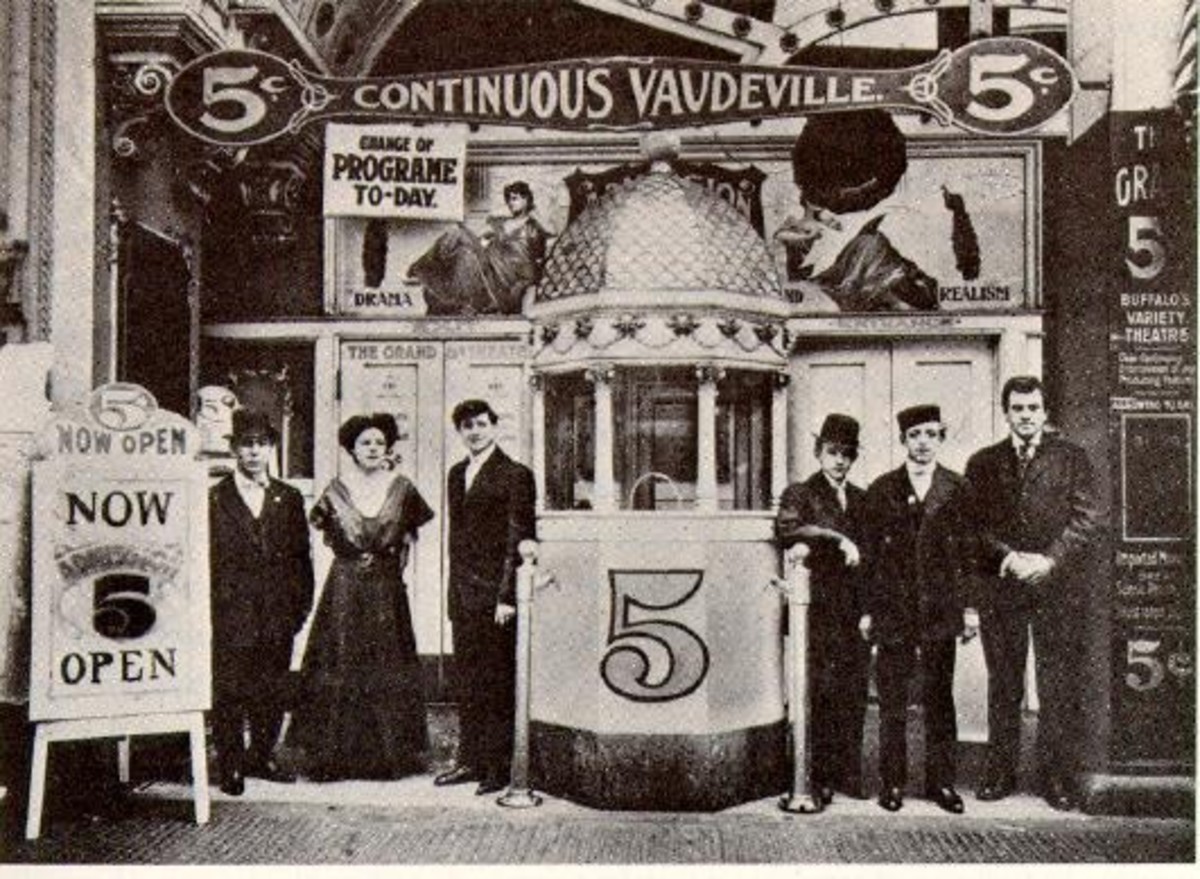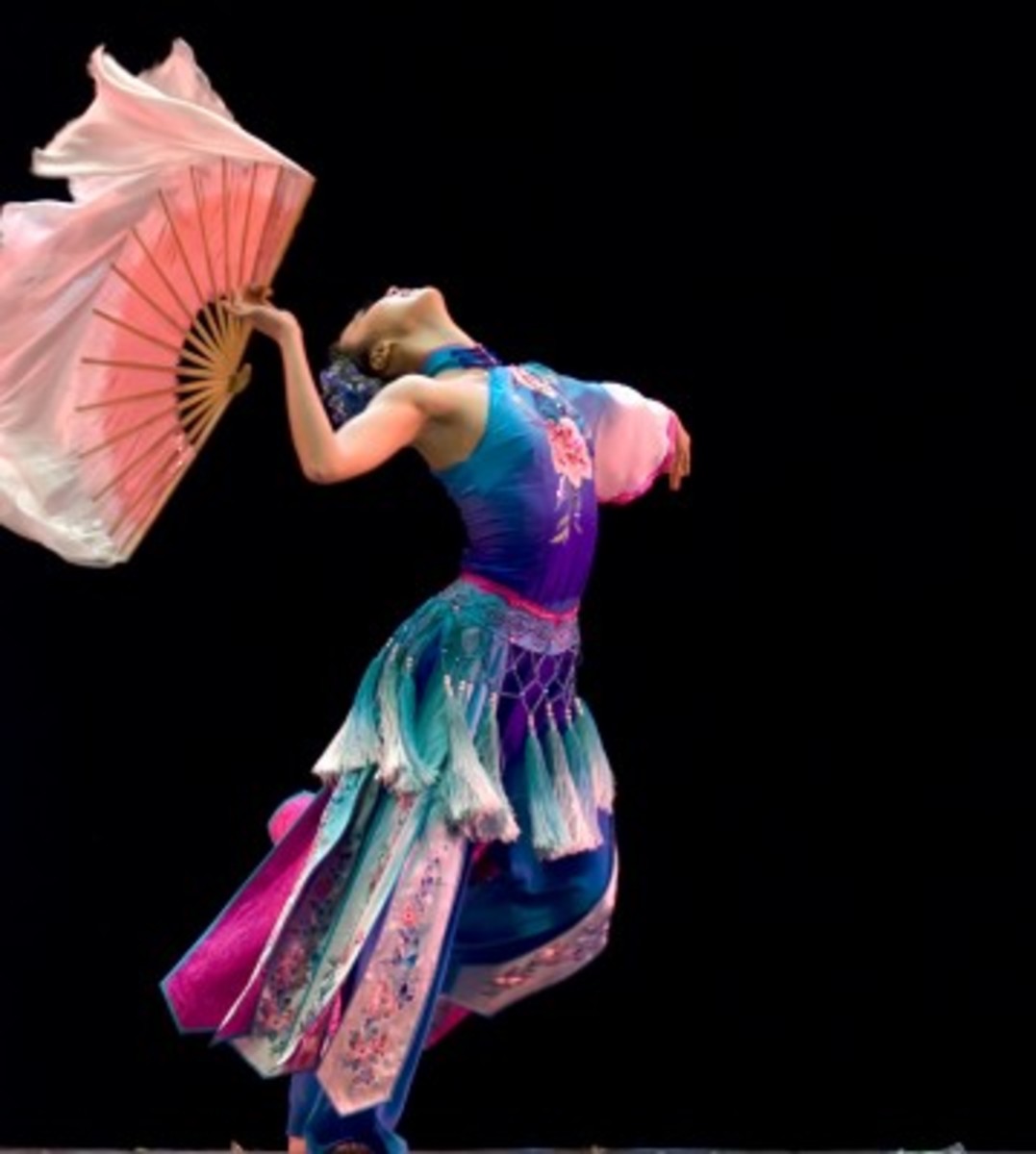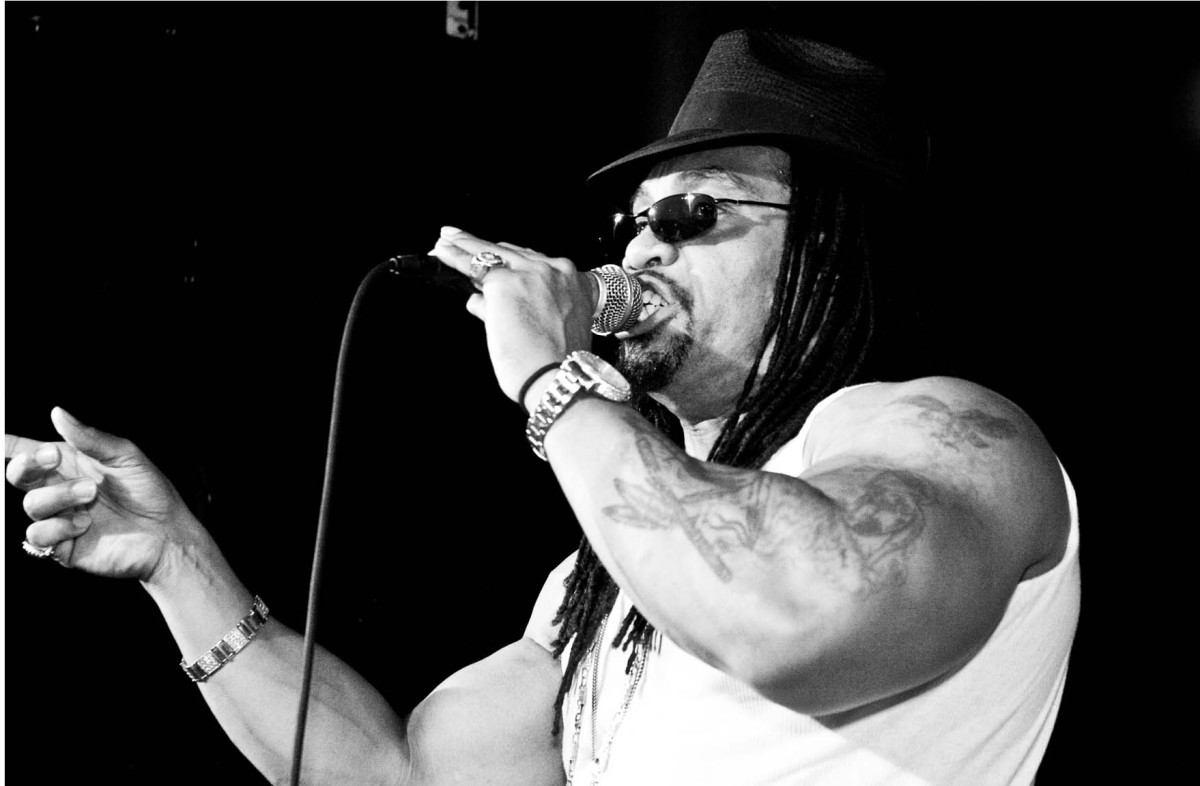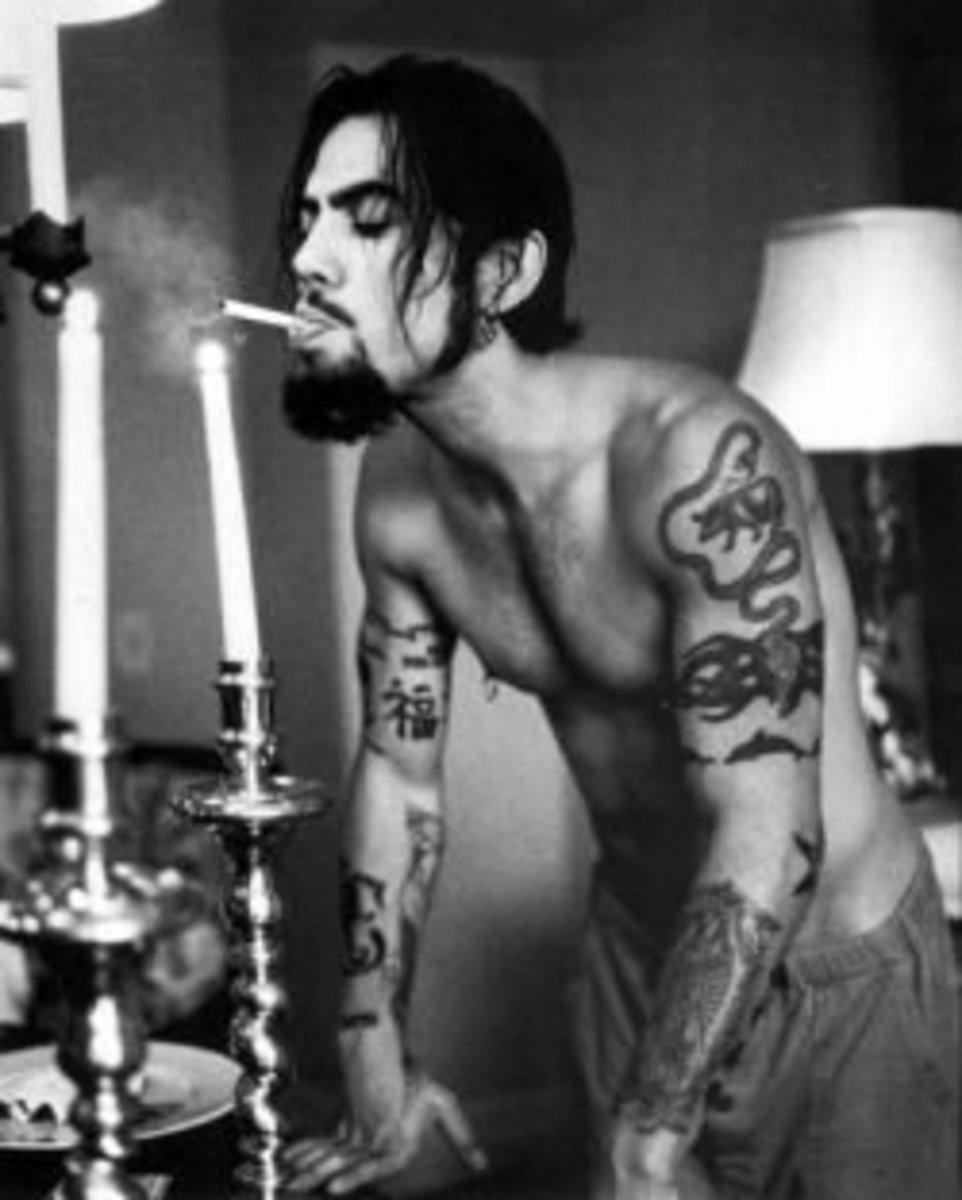1970s Music Tribute - A Place Called the Bla Bla Cafe
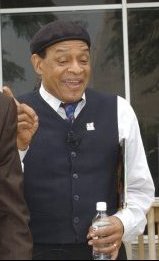
A Place Called the Bla Bla Cafe by Sandy Ross
When the Bla Bla Cafe first opened, Twiggy was a fashion icon. Minimum wage was about a dollar and sixty five cents an hour, or about 65 dollars per week. Bobby and John F. Kennedy and Martin Luther King had been assassinated. Marilyn was long dead. Haight-Ashbury hippies made the news. Viet Nam happened. Kent State war protests resulted in unarmed student deaths. During all of this and more, from 1971 through 1982, the Bla-Bla Cafe gave a spiritual and artistic home to anyone who wanted to be an artist, singer, songwriter, or comedian. Poets and jugglers were also welcomed. Anybody could go there and not be turned away for what they thought or the way they looked. It gave everybody a chance. The Cafe was not only well-loved by patrons and artists, it was also well-respected as a nightclub that had a major following.
More importantly, during the hard times and new freedoms met by many in the American 1970s, the Bla-Bla offered a homey camaraderie to performers that has lasted a lifetime. It was a refuge of some stability from 1971 through 1982, located on Ventura Boulevard in Studio City, Los Angeles that provided a proving ground for new material and performers. Today there is a reunion website where the old regulars still check in. Among the hundreds of entertainers who worked at the Bla Bla are the following that you may recognize: Al Jarreau, Lisa Nemzo, Dave Matthews, Keith Green, William Katt, David Letterman, Roseanne Cash, Jay Leno, Robin Williams, Billy Crystal, The Motels, Huey Lewis and the News, The Police, Vicki Randle.
This book is an amazing entertainment Who's Who of many ell known artists from a variety of genres. The story of the cafe is told in thirds. Part One allows the author to tell her own story in relation to the club. In Part Two, she shares interviews with performers such as Al Jarreau and Lisa Nemzo. Finally, in Part Three, Sandy has drawn up tables of all the players, including a table describing regular patrons who supported the cafe and the artists, another for all the staff, and a third, much larger table containing all the hundreds of performers.
1970s Music at the Bla Bla Cafe and Everywhere
- The Top 10 Most Popular Songs of 1970 in the Viet Nam War
This year of the Viet Nam War was exceedingly interesting for music in that all kinds of heretofore unimaginable things to Americans were used to create it. Whale song was first recorded in 1970, leading researchers in the next couple of decades to.. - Top 10 Rock and Roll Songs of The 1950s
Music historians have often credited Bo Diddley with being the foundation of Rock and Roll; here are 10 top classics based on some of his work, along with a few others... - The History of Doo Wop Not Found In Late Night Infomercials
Doo wop or doo-wop is a marriage of rythym and blues and rock n' roll styles that has gained a cult following and a large market through late night television infomercials that hawk CDs and DVDs of surviving and past doo-wop groups. On the...

David Letterman Appeared
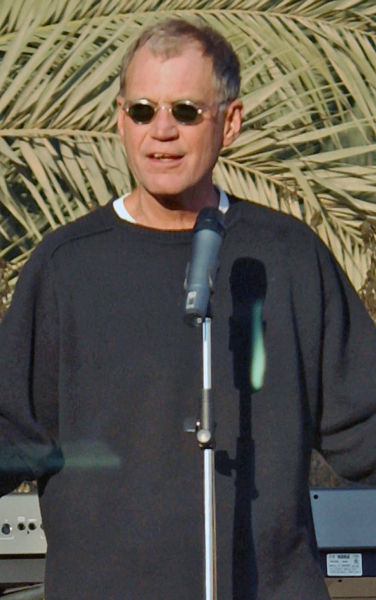
Bla Bla Cafe Links
The Motels: Only the Lonely
Mona's
The site of the Bla Bla Cafe was formerly Mona's Purple Hag. Previous to that, it was called the Pourvu and both had attracted a wide range of varying patronage and entertainment. Mr. Sebastian Massa was the owner of Mona's Purple Hag and his cousin Albie Hora had worked there as a waiter. The cousins sold and then repurchased the club, creating the Bla Bla Cafe. Albie decreed the new name should be Bla Bla, because he had had a mystic dream one night in which his name Alb Alb had been shown to him spelled backwards as Bla Bla. The previous iterations of the cafe had drawn a very diverse crowd, which lent itself to the new club drawing the same and more. The Bla Bla Cafe was open after hours, welcoming and attracting all manner of characters, despite the prejudice of the 1970s in America. Gays, hippies, creative types, and the uncertain all came to the Bla Bla, where they were accepted and given room to breathe and time to acclimate to adulthood and what they wanted to do with their lives. Over the 11 years the Bla Bla welcomed these people, it provided a home and family to emerging and undiscovered talent, much of which is famous today.
As the club took root and grew, the operations staff and management personnel of the Bla Bla reached out to include Albie's cousins, Sebastian's brothers and sisters and a lot of others. The book's author herself, Sandy Ross, went from singer and songwriter to talent booking and entertainment coordinator at the Bla Bla for many years. She was one of the original performers in the earliset of the early days of the Bla Bla Cafe. Many of the stories she has either written or compiled in her book include interviews she has conducted with the very performers she booked or whose performances she attended herself.
This book is a unique chronicle to read and add to your watching of That Seventies Show on TV. The story and the history will give you some perspective, and also bring back the memories if you lived through that decade and survived. A Place Called the Bla Bla Cafe is a tribute to the spirit of destiny alive among the performing artists of the 1970s who found their way to a 1600 square-foot club in California, full of idealism and youth in a period of revolution and social change. It is a real collector's item for anyone interested in entertainment history and the American 1970s. You will enjoy the stories and the photos.

